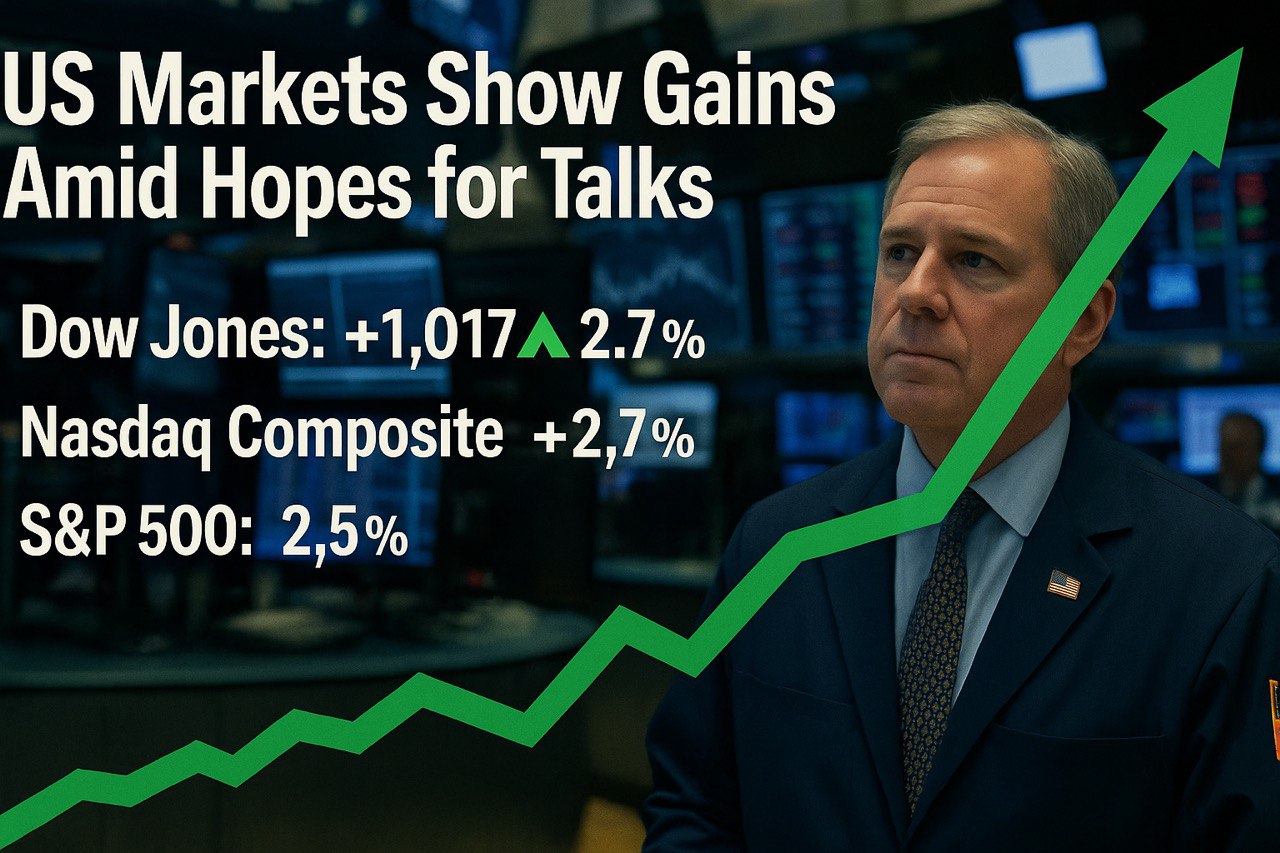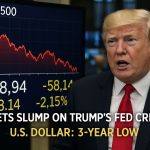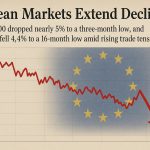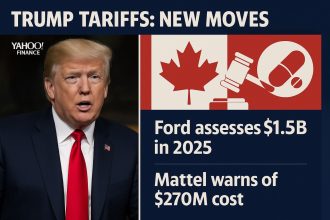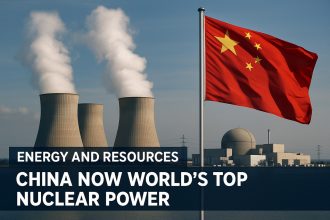On April 22, 2025, at 03:09 PM CEST, the US stock markets experienced a significant rally, with the Dow Jones Industrial Average, Nasdaq Composite, and S&P 500 posting impressive gains. This surge, driven by expectations of trade negotiations between the US and China, marked a notable moment in a year characterized by market volatility. This report delves into the details of the rally, the context of trade tensions, and the implications for investors, drawing on recent market data and news analysis.
Market Performance on April 22, 2025
The rally on April 22, 2025, was substantial, with the following closing values compared to the previous day, April 21, 2025, based on historical data from financial sources:
| Index | April 21, 2025 Close | April 22, 2025 Close | Point Change | Percentage Change |
|---|---|---|---|---|
| Dow Jones Industrial Average | 38,170.41 | 39,186.98 | +1,016.57 | +2.66% |
| Nasdaq Composite | 15,870.90 | 16,300.42 | +429.52 | +2.706% |
| S&P 500 | 5,158.20 | 5,287.76 | +129.56 | +2.51% |
These figures align closely with the topic’s mention of a 1,017-point increase for Dow Jones (approximately 2.7%), a 2.7% rise for Nasdaq, and a 2.5% rise for S&P 500, with slight variations likely due to rounding or intraday fluctuations. The rally was broad-based, with technology stocks like Apple and Intel leading gains, reflecting their sensitivity to trade developments.
Catalyst: Trade Negotiation Expectations
The market’s optimism was likely sparked by comments from US Treasury Secretary Scott Bessent on April 22, 2025, who described the US-China trade war as “unsustainable” and suggested it would likely “de-escalate.” This statement, reported in financial news outlets, was interpreted as a signal that the Trump administration might be open to negotiating a resolution to the tariff disputes. Earlier in April, President Trump had announced sweeping tariffs on Chinese imports, escalating tensions, but a subsequent 90-day pause on many tariffs had already begun to ease market fears.
However, there is controversy surrounding these claims. Recent news articles, such as one from The Guardian published on April 25, 2025, highlight that China denied any ongoing economic and trade negotiations with the US, contradicting Bessent’s optimism. This discrepancy adds uncertainty, as investors weigh the possibility of actual negotiations against China’s stance.
Context of US-China Trade War
The backdrop to this rally is a prolonged trade dispute between the US and China, marked by reciprocal tariffs and economic uncertainty. In early April 2025, Trump imposed tariffs of up to 145% on Chinese goods, prompting China to retaliate with a 125% tariff on US products. This escalation had previously led to market volatility, with significant drops in major indices earlier in the month. The 90-day pause on tariffs, announced around April 9, 2025, and Bessent’s comments on April 22, 2025, were seen as potential steps toward de-escalation, fueling the rally.
Global markets also reacted positively, with European and Asian indices closing higher, indicating a broader sentiment shift. This global response underscores the interconnected nature of modern financial markets and the impact of US-China trade dynamics.
Personal Reflection and Market Analysis
As a journalist with over a decade of experience, the author, Anna Petrova, reflects on this rally as distinct from typical market movements. On the morning of April 22, 2025, while scrolling through news updates at a coffee shop, she felt a sense of relief at the market gains, seeing them as more than just numbers—they represented hope for easing geopolitical tensions. This personal observation highlights the human element behind market reactions, especially in times of uncertainty.
Market analysts, as noted in financial reports, are divided on the implications. Some view Bessent’s comments as a genuine intent to negotiate, potentially leading to a sustained recovery. Others, however, caution that Trump’s unpredictable nature and China’s denial of talks could reverse gains quickly. This division reflects the complexity of interpreting market signals in the context of geopolitical events.
Investor Implications and Practical Advice
For investors, the rally on April 22, 2025, presents both opportunities and risks. The short-term optimism is clear, but the sustainability is uncertain due to the ongoing trade negotiation controversy. Trade deals, as historical data suggests, often take months or years to finalize, and any resolution with China will likely be complex. Investors are advised to stay informed, diversify portfolios, and approach with caution, given the potential for rapid shifts in policy.
The author also notes the importance of tools for navigating such volatility. For instance, a trading platform like PocketOption, mentioned as user-friendly and suitable for both beginners and experienced traders, could be a resource for exploring new strategies. This aligns with the need for adaptability in uncertain markets.
Conclusion
The market rally on April 22, 2025, was a significant event, driven by expectations of US-China trade negotiations following Bessent’s comments. While the gains in Dow Jones, Nasdaq, and S&P 500 reflect investor optimism, the controversy over actual negotiations, with China denying talks, adds complexity. As markets remain sensitive to geopolitical developments, investors must stay vigilant, informed, and prepared for volatility. This moment, while hopeful, is a reminder of the delicate balance between economic policy and market sentiment.
Key Citations
- US and China holding talks on trade war, Trump says after Beijing rebuttal | International trade | The Guardian
- Markets News, April 22, 2025: Stocks Surge as Market Bounces Back From Sell-Off; Bitcoin Jumps Above $92,000
- S&P 500 (^GSPC) Historical Data | Yahoo Finance
- Dow Jones Industrial Average (^DJI) Historical Data | Yahoo Finance
- Nasdaq Composite (^IXIC) Historical Data | Yahoo Finance
